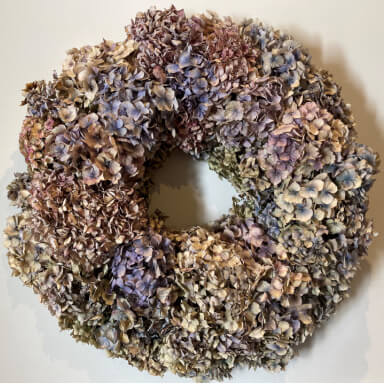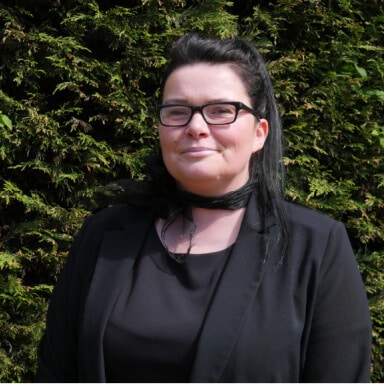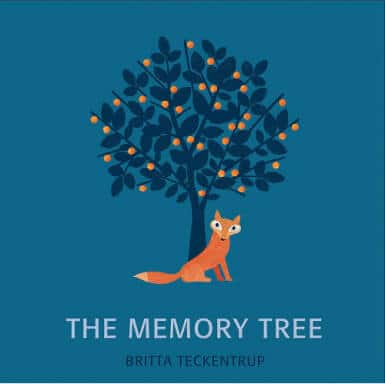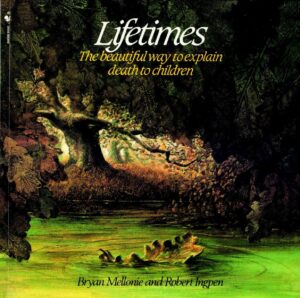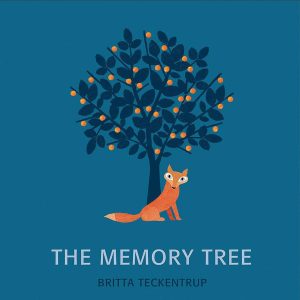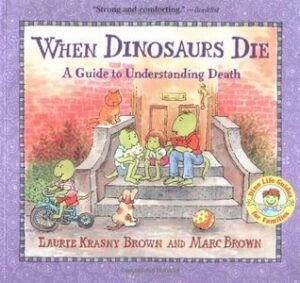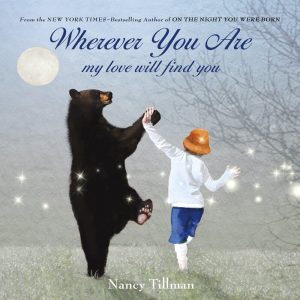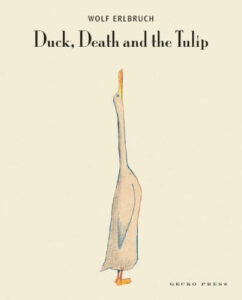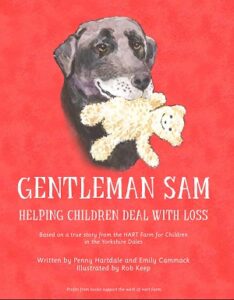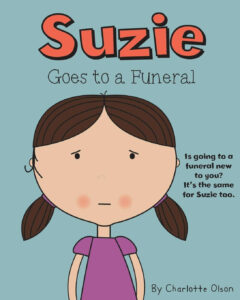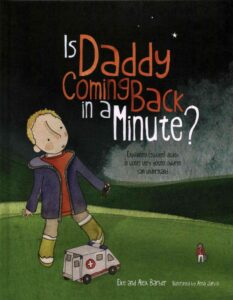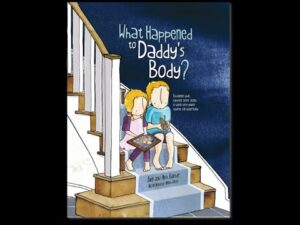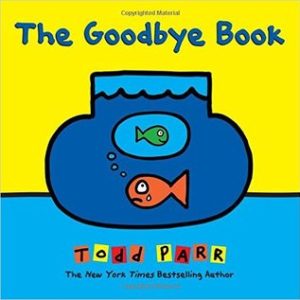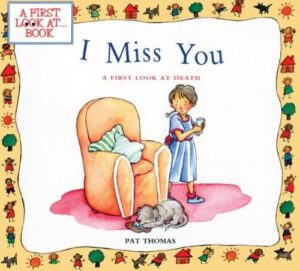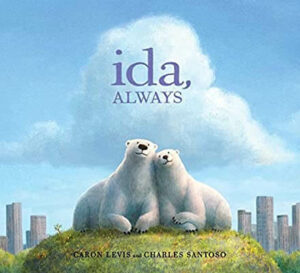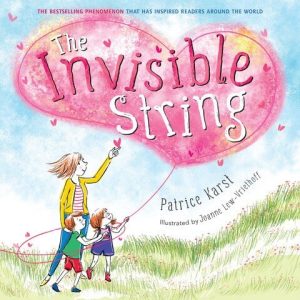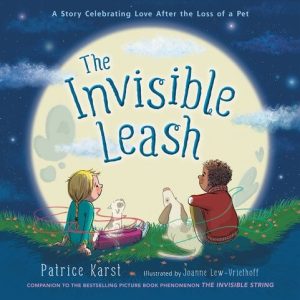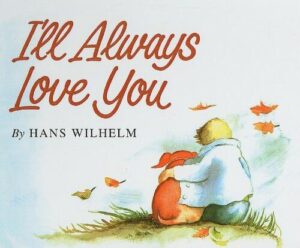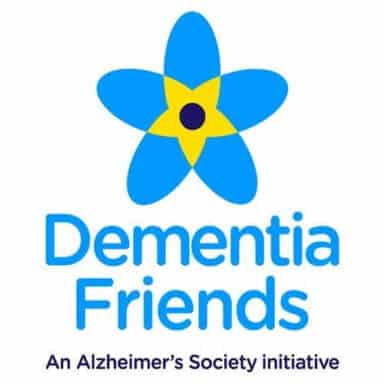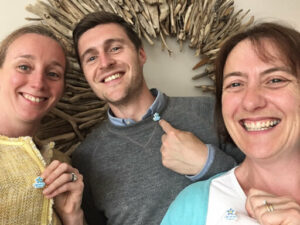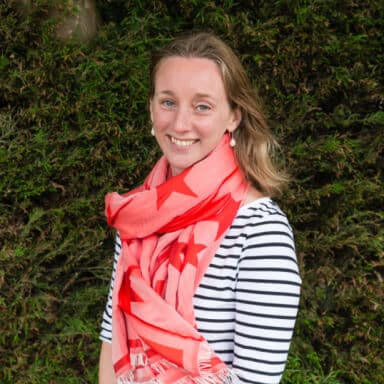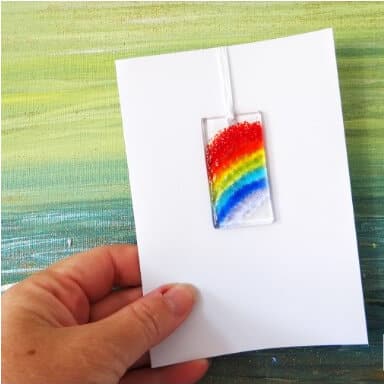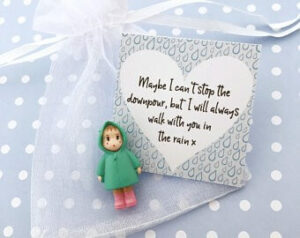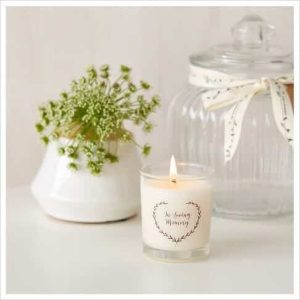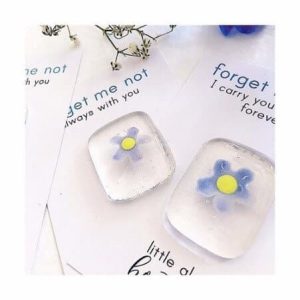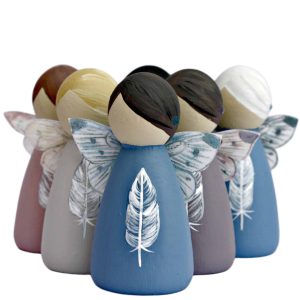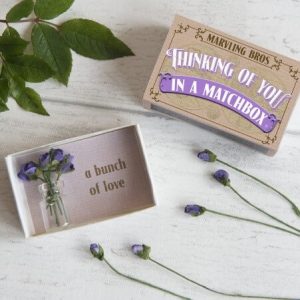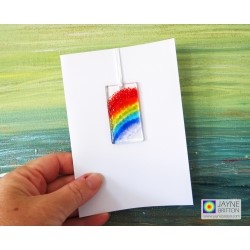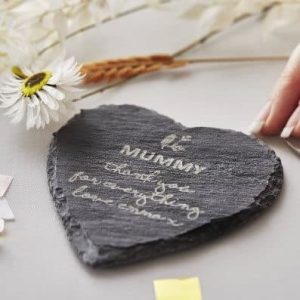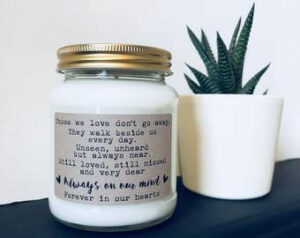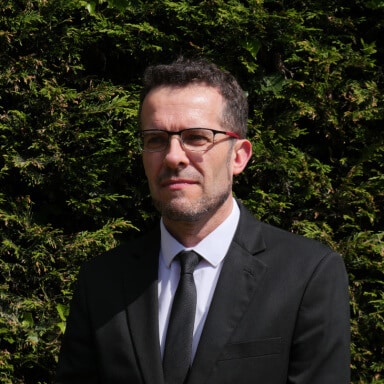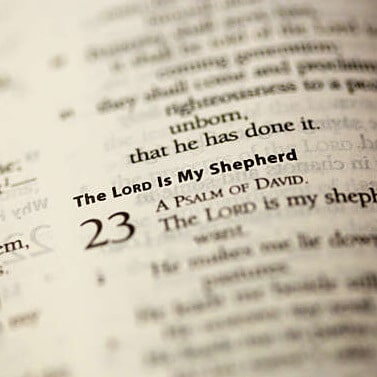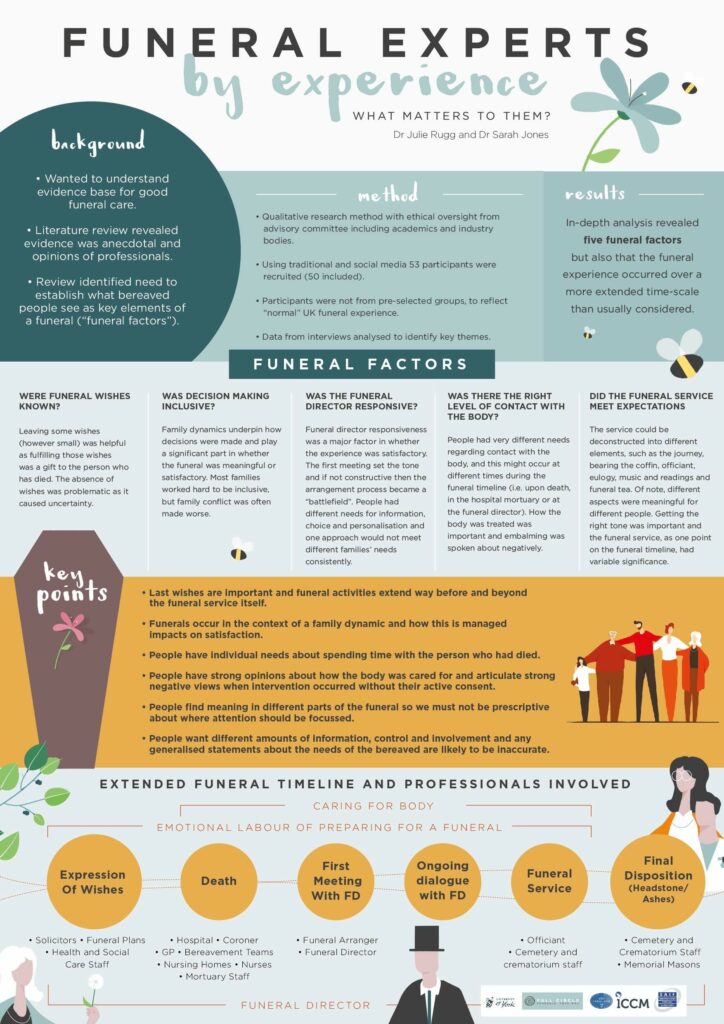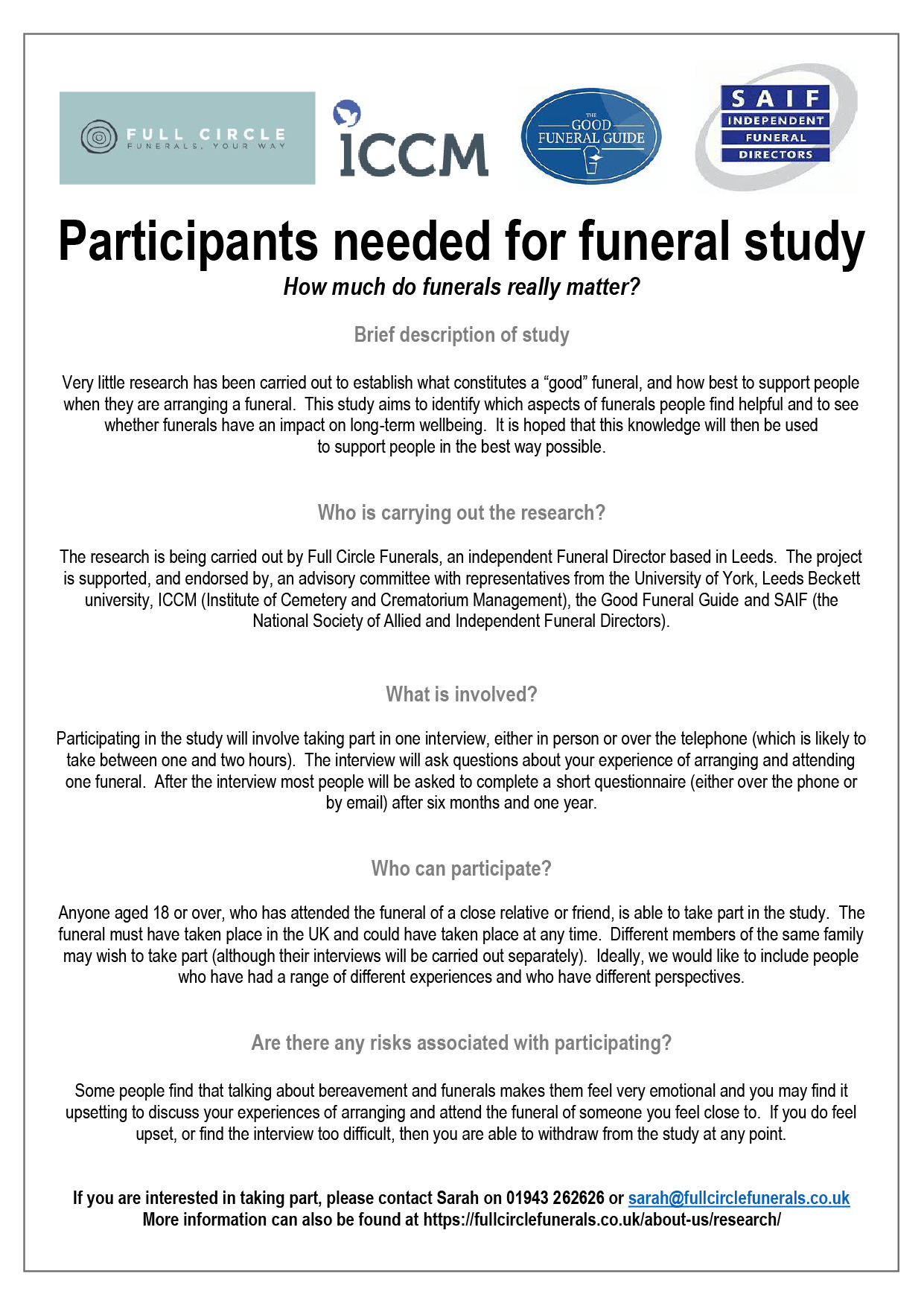Government rules

People are allowed to attend a funeral or a belief based/ceremonial event that is linked to a funeral (such as a scattering of ashes)

Up to 30 people are allowed to attend a funeral; this does not include funeral staff

Up to 15 people are allowed to attend a belief based/ceremonial event (such as a wake or scattering of ashes); this does not include anyone working. Some venues can remain open to host such events. If the event is in a private dwelling (including private gardens), only members of one household or support bubble can attend. You must not break your self-isolation to attend such an event

Actual maximum numbers that can attend will be dependent on what the venue can safely allow (see details for Yorkshire crematoria below)

Light refreshments are permitted at events linked to funerals

Symptomatic people should not attend funerals

People who are self-isolating should not attend funerals unless they are a close family member of the person that has died. Remote attendance should take place where possible. If after considering the risk you choose to attend in person you must

Local Crematorium Rules
Cottingley


14 in chapel and 16 outside


Professional pallbearers only


No touching the coffin


Rope barrier around coffin


Officiant only at lectern


Any attendee readings must be done from seats


Seats have been separated


Curtains to remain open


Maximum of 6 for ashes scatterings
Huddersfield


10 inside chapel and 10 outside
Lawns Wood


14 in chapel and 16 outside


Professional pallbearers only


Rope barrier around coffin


Officiant only at lectern


Any attendee readings must be done from seats


Seats have been separated


Curtains to remain open


Maximum of 6 for ashes scatterings
Nab Wood


15 inside chapel and 5 outside


Seating spaced which must be moved back if tampered with


Any speaking from attendees must be done from their seats (i.e., not at the lectern)


No touching coffin


Rope barriers around coffin


Curtains must remain open at the end of the service


Professional pallbearers only


No singing or hymn books


2 pieces of music allowed


Maximum of 6 for ashes scatterings
Park Wood


20 inside chapel and 8 in overflow


Seating spaced which must be moved back if tampered with


Curtains must remain open at the end of service


Professional pallbearers only


Attendees cannot touch coffin


Rope barrier around coffin


Maximum of 6 for ashes scatterings (crematorium yet to confirm number)
Rawdon


18 in chapel and 12 outside


Professional pallbearers only


Rope barrier around coffin


Officiant only at lectern


Any attendee readings must be done from seats


Seats have been separated


Curtains to remain open


Maximum of 6 for ashes scatterings


2 Saturdays in December and January there will be 10 appointments available with no extra charge
Scholemoor


10 mourners inside chapel and 10 outside


Seating spaced which will be moved back if mourners move seats


Any speaking from attendees must be done from their seats (i.e., not at the lectern)


Rope barriers around coffin


Curtains must remain open at the end of the service


Professional pallbearers only


No touching the coffin


No visual tributes or live webcasts but service can be recorded to be sent out after


No singing or hymn books


2 pieces of music allowed


Maximum of 6 for ashes scatterings (crematorium yet to confirm number)
Skipton


15 inside chapel and 15 outside


Seating spaced which must be moved back if tampered with


No touching the coffin


No singing


No shouldering


Only officiant allowed at lectern


Flowers can be left on coffin but crematorium staff will not remove them


Maximum of 6 for ashes scatterings (crematorium yet to confirm number)
Stonefall


20 inside chapel and 0 outside


Funerals with more than 20 attendees will be turned away


Rope barrier around coffin


Seats aren’t separated but some rows are blocked off


Funeral director must be last to leave the chapel
York


18 inside chapel


No touching the coffin


Professional pallbearers only


Curtains will close at end of service


Seating is separated but can be moved – must be moved back before next service


Barrier around coffin

















Local Burial Rules
Bradford


30 attendees allowed


Family / friend pallbearers are allowed
Calderdale


28 attendees allowed
Craven


15 attendees allowed
Harrogate


20 attendees allowed
Kirklees


10 attendees allowed
Leeds


30 attendees allowed


Family allowed to carry coffin and lower into grave


Armley / Hunslet burial chapels can only accommodate 20













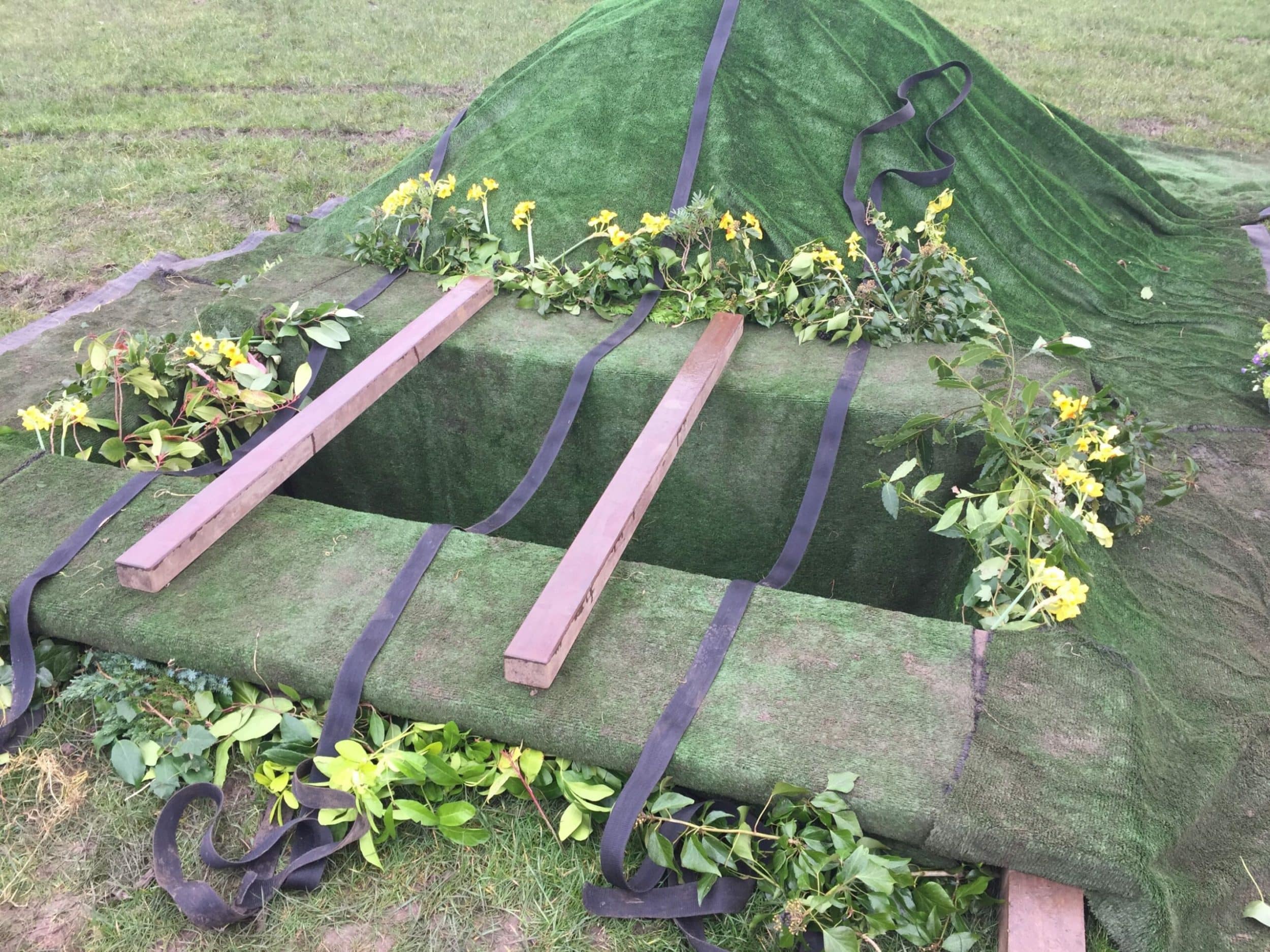

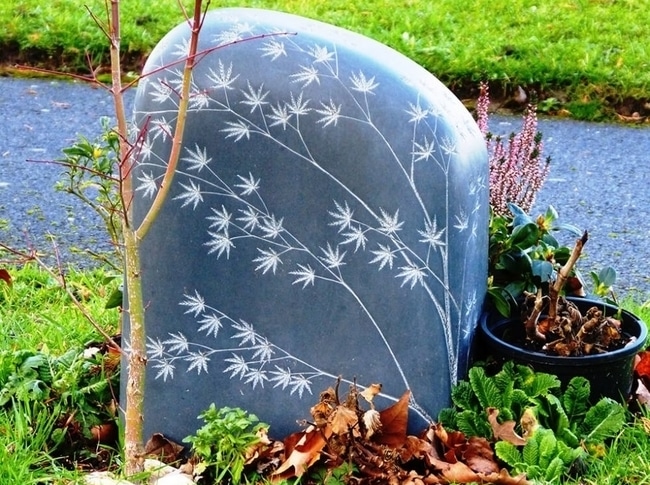

Registering a death
General Government Guidance


If the person died at home or in hospital:
A relative should register the death but if this is not possible the following may register
Someone who was there at the time of death
An administrator from the hospital where the person died
Someone who is in charge of making funeral arrangements


If the person died somewhere other than at home or in a hospital:
A relative should register the death but if this is not possible the following may register:
Someone who was there at the time of death
The person who found the person after they had died
Someone who is in charge of caring for the person after they have died
Someone who is in charge of making funeral arrangements
Bradford


Telephone 01274 432 151 to book an appointment for the registrar to call you. If the person died in either BRI of AGI you can make an appointment through their bereavement officers. For BRI telephone 01274 364477 and for AGI telephone 01535 652 511.
The Medical Certificate of Cause of Death will be sent directly to the registrar.
Calderdale


Visit the below link to book an appointment for the registrar to contact you.
https://ebooking.calderdale.gov.uk/eRegistrar/
Registration of death is only being carried out over telephone.
The hospital or GP surgery will scan the registration paperwork to the registrar.
Harrogate


Use the below link to book an appointment for the registrar to ring you:
https://myaccount.northyorks.gov.uk/registrars/death-booking
Or, call 01609 780780
You will need:
Details about the person that has died
Confirmation that the Medical Certificate of Cause of Death has been emailed to the registrars
A credit / debit card to pay for any death certificates
Kirklees


No registration of death is to be done in person, only over the telephone
Use the below link to book an appointment for the registrar to ring you
You will need:
Details about the person that has died
Confirmation that the Medical Certificate of Cause of Death is with the registrar
A credit / debit card to pay for any death certificates
Leeds


Registering the death by phone
A member of the registrar team will call the next of kin usually within three days of the person’s death and over the course of the phone call they will register the death. If the next of kin is unable to take the call someone else can speak to the registrar – the next of kin can pass the phone to them or they can give the registrar additional contact details. The other person must be:
A relative of the person that has died
The funeral director or someone making the person’s funeral arrangements
York


Email: registrar@york.gov.uk or call 01904 654477 to arrange an appointment to register a death by telephone; details you must include are:
name of the person who has died
date and place of death
name, contact number and email address of the person registering the death
name of the funeral director (if known)
Registration of deaths is only taking place over the telephone.
The Medical Certificate of Cause of Death will be issued directly to the register office.




















